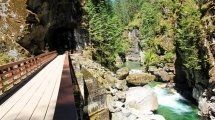Peru guide: When and how to travel cheaply? Prices and costs.
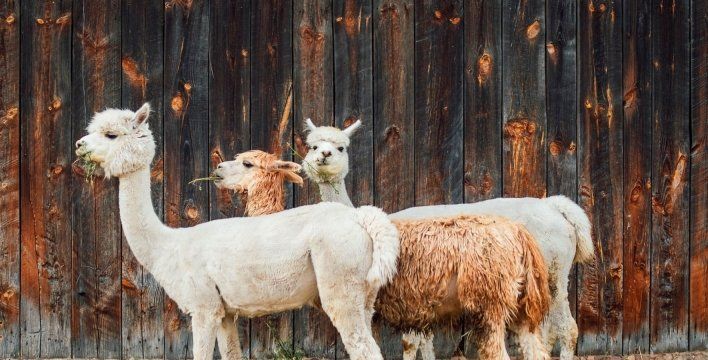
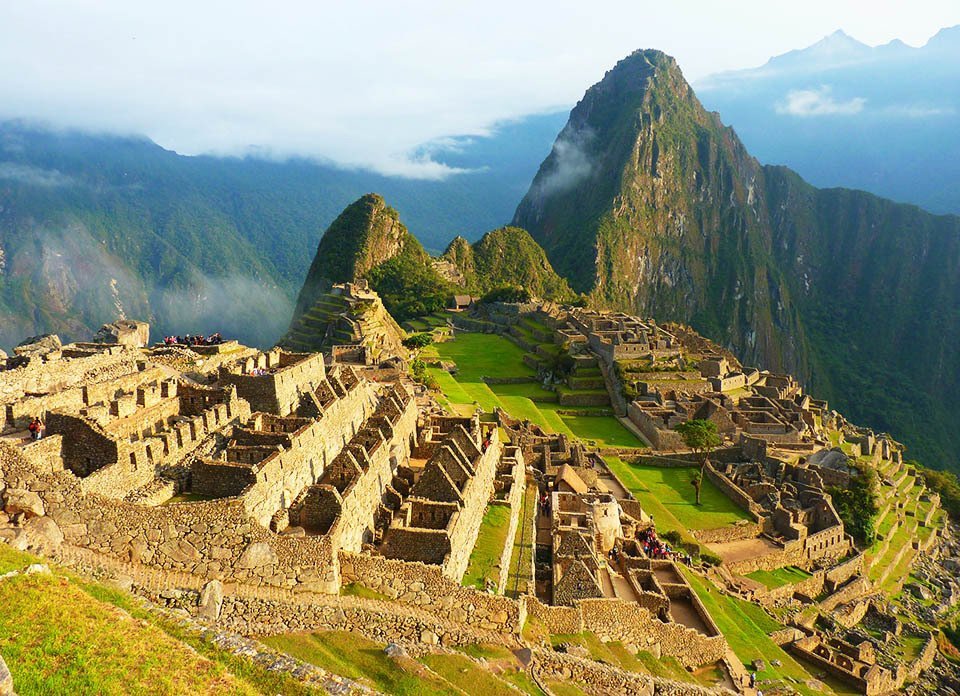
Last summer I had the pleasure of having a week trip to Peru. As I love South America, a great travel destination that is very underestimated, I would like to invite you to a series of entries in which we will discover Peru's tourist gems together. In this text I will tell you about the costs and planning of the trip to Peru on your own, and I will also sell some practical tricks, thanks to which I managed to save a little penny.
South American capital of monuments
Peru is an inconspicuous country - in terms of tourism it is famous for the ruins of Machu Picchu and Cusco, maybe a little from the Amazon, as well as ... Actually, it's probably just that. In this particular case, however, appearances are deceptive, and during almost a week of traveling around Peru I discovered that the country is the South American capital of monuments (Lima, Cusco or Arequipa!) and amazing natural places (Lake Titicaca, Colca Canyon and finally the Amazon Jungle).
I will describe the short history of Peru, as well as the history of less and more famous tourist attractions and interesting places in the next entries of my Peru travel guide, but at the beginning I will write about some the most important facts useful when planning a trip or travel to Peru on your own.
Airport
The capital of Peru is Lima, founded in 1535 by the famous conquistador Francisco Pizzaro. The city has Lima-Jorge Chávez airport, which operates the vast majority of international flights (and certainly all intercontinental flights). If you are planning a trip around several countries in South America, Lima is a great starting point for further exploring the surrounding countries.
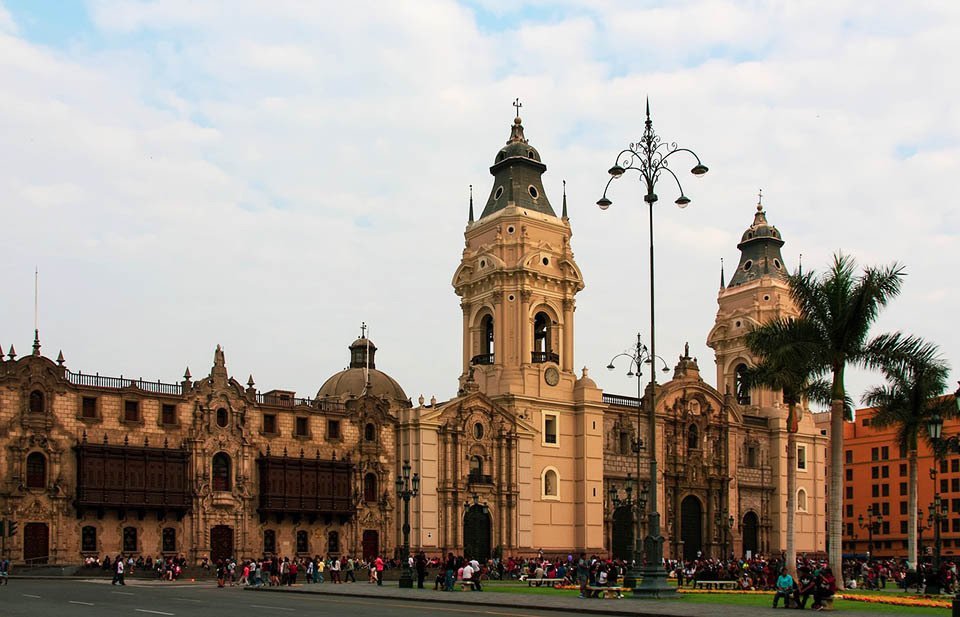
Air ticket prices
Ticket prices are quite standard for South America - an economy class ticket to Rio de Janeiro costs around 100-200 USD, although I remember you could find much cheaper last minute offers, eventually you can find good airticket prices by tracking cheap airline websites.
The intercontinental flight is quite expensive - an economy class ticket on the Europe-Lima route costs around $500 one way, although with a little effort you can find better offers, like 375 USD. It is worth remembering that I visited Peru before the coronavirus pandemic, which I can not predict the impact on ticket prices.
Tourist visa, insurance, vaccinations
Further expenses are also related to health and legal issues. Fortunately, European travelers are not required to obtain a tourist visa, and a visit to Peru requires only a valid passport. Still, when planning a trip, it is worth getting interested in tourist insurance, which can be extremely useful, especially in countries with less developed health care (like Peru - it's not Europe or the United States).
It is also a good idea to vaccinate yourself with yellow fever, an extremely unpleasant tropical disease. It is easier to get such vaccination in Lima, where in can be obtained for free or for a small fee. In Europe, this procedure is expensive, and vaccination is not required to travel to Peru.
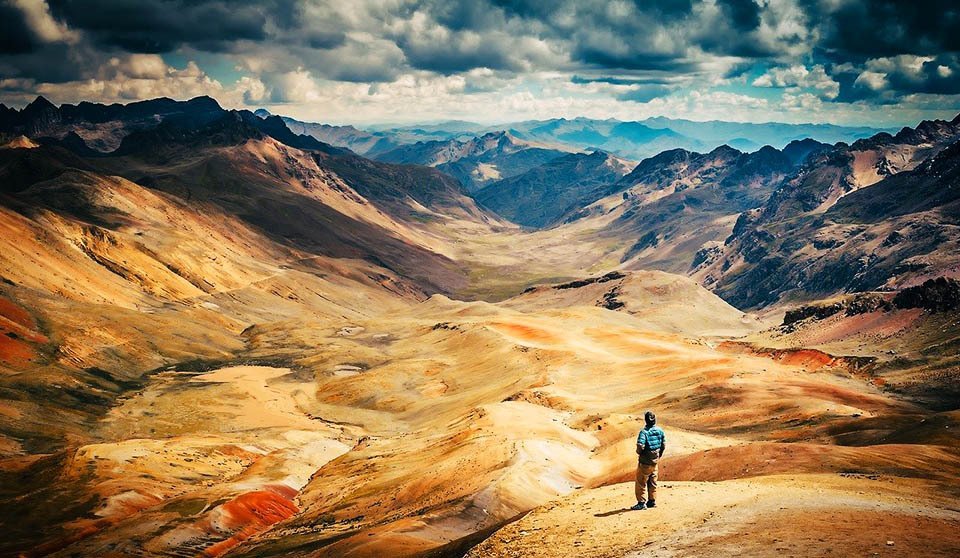
When and in what months travel to Peru?
When to travel to Peru, in what months? I went there on summer, more specifically in July, which is the middle of the dry season in Peru. In the case of the equatorial and tropical climate occurring in this country, a much better idea is to travel during the dry season, which lasts from mid-May to September. Staying in this period allows you to explore the country freely, without having to worry about tropical rains and storms that prevent you from moving freely around the country.
Of course, during the dry season, you will have to handle a large number of tourists visiting the most popular travel places of Peru. Although the crowds are not so large, the inflow of foreign visitors is associated with the tourist season during which accommodation or transport costs increase significantly. Anyway, probably everyone of us knows this phenomenon from summer trips to travel destinations in our own countries - fortunately in Peru this phenomenon takes on much smaller dimensions.
Rainy season?
On the other hand, if you are looking for adventures and you are not afraid of challenges, you can try to visit Peru in April or October. You will probably save at least a few hundred dollars in this way, but the journey itself may not be very satisfying - in the rainy season most tourist routes are closed, including the one leading to the ruins of Machu Picchu, which you must see. Constant rains are tiring and some roads are impassable. The cheaper trip, in my opinion, is not worth much discomfort and potential trouble.
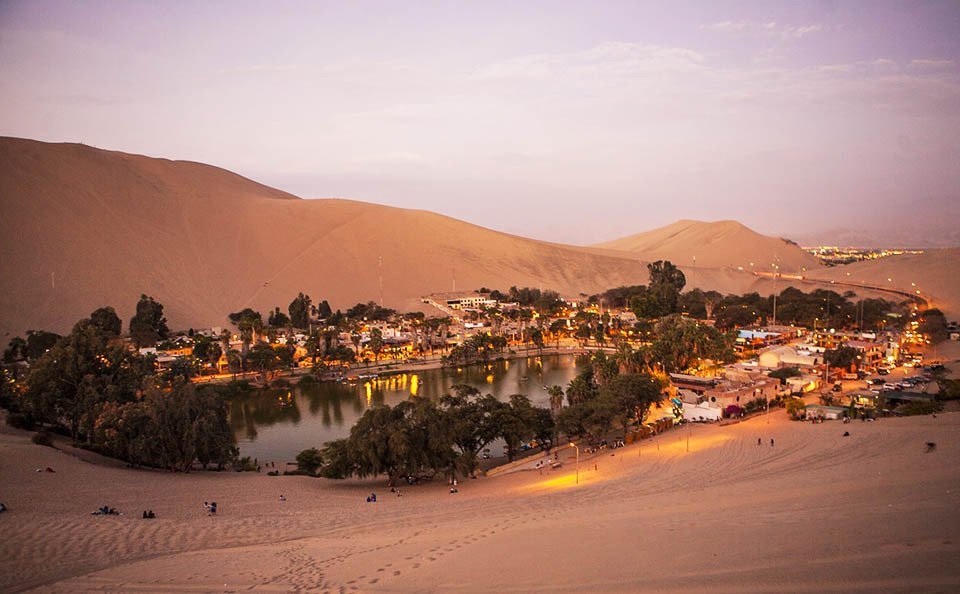
Where to look for accommodation? What are the hotel prices?
I will probably disappoint you at this moment, but the prices of accommodation in Peru are surprisingly high. In Lima (and probably other larger cities) you can find cool offers (which I will talk about in a moment), but outside the capital the accommodation offers are extremely poor.
The exceptions, of course, are the places with many tourists, especially the hiking trail leading to Machu Picchu. If you want to visit these UNESCO-listed ruins, I have bad news - you need to prepare for considerable expenses.
A reasonable quality hotel room in the Machu Picchu hiking area in Peru costs at least $75 per night.
Of course you can also find cheaper offers, but in this case be careful. Staying in a shady place is associated with the risk of losing money and documents. Although Peru has a reputation for being a safe country (and it is, as I can tell, the truth), I would still advise you to be vigilant, this is still South America.
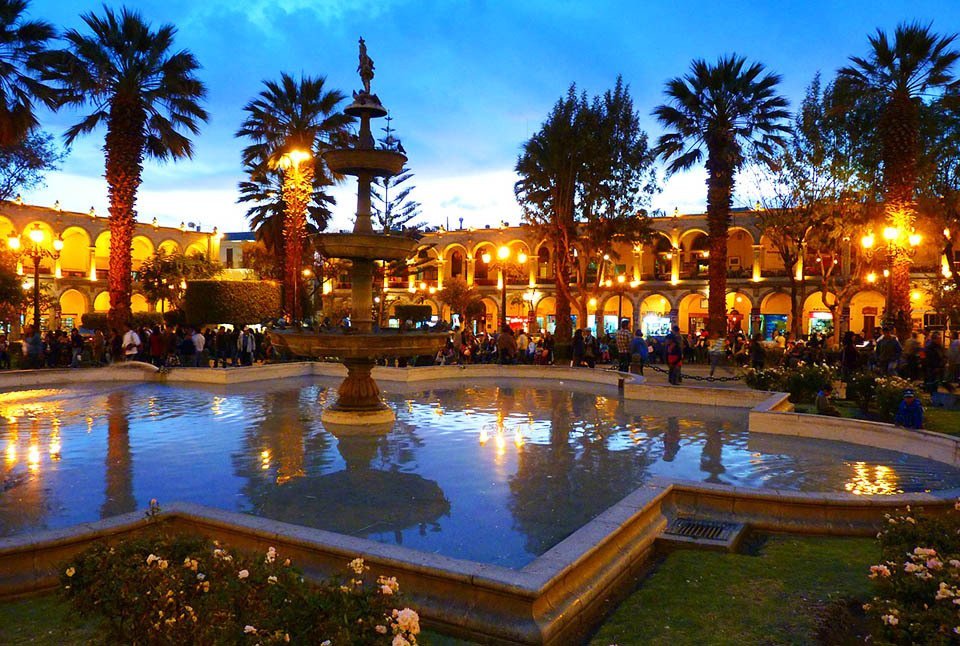
Hotels and cheap accommodation in Lima
The exception to this rule is Lima, where you can find attractive accommodation offers, both in cheap motels targeted to foreign tourists (prices for reasonable accommodation are even $25 per night, a good idea is a visit to tourist information points where you can find discounts on accommodation), as well as using the quite popular Airbnb, where prices fluctuate around 15-25 USD for a room / flat.
If you are not afraid of adventures and are looking for the opportunity to get to know the locals, an interesting option is coachsurfing (but only for "professionals", if you have no experience with this, do not start in Peru!). Accommodation in this option costs 4-8 USD and, apart from obvious savings, allows you to improve your Spanish skills. So if the call of adventure is chasing you, do not be afraid to try that - and maybe the host you meet will even show you unknown corners of Lima.
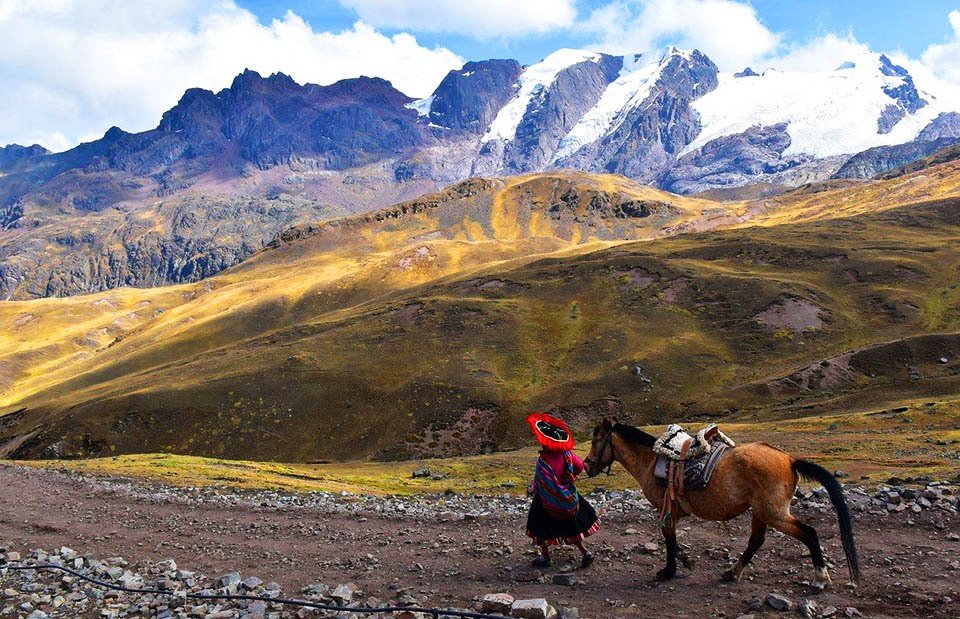
Transport in Peru: By car or by bus? Prices.
I wrote about flight ticket prices at the beginning of this travel blog article, but let me remind you: the cost of a Europe-Lima flight is around $500 one way, and a subcontinental flight from another South American city costs 100-200 USD.
Renting a car
There are two main ways of transport to choose from in Peru. One of them is renting a car and traveling in the "American" style. The weekly car rental cost is 150 - 200$ assuming that the driver is at least 30 years old. Although this way of traveling has its advantages, at this point I would like you to think about whether it is worth traveling by car through Peru at all. The network of local roads is not very developed, and a large part of the attractions, especially the most popular ones, are connected by tourist routes that encourage hiking (or cycling).
Well, I'm a huge fan of renting a car and the freedom it gives when traveling (oh, look, what a nice place, it would be nice to stop here!), so personally I usually don't save on it, besides, I like driving a car. Well, but whoever, of course, traveling by bus will definitely come out cheaper, and considering the quality of roads in Peru, probably not much slower :-)
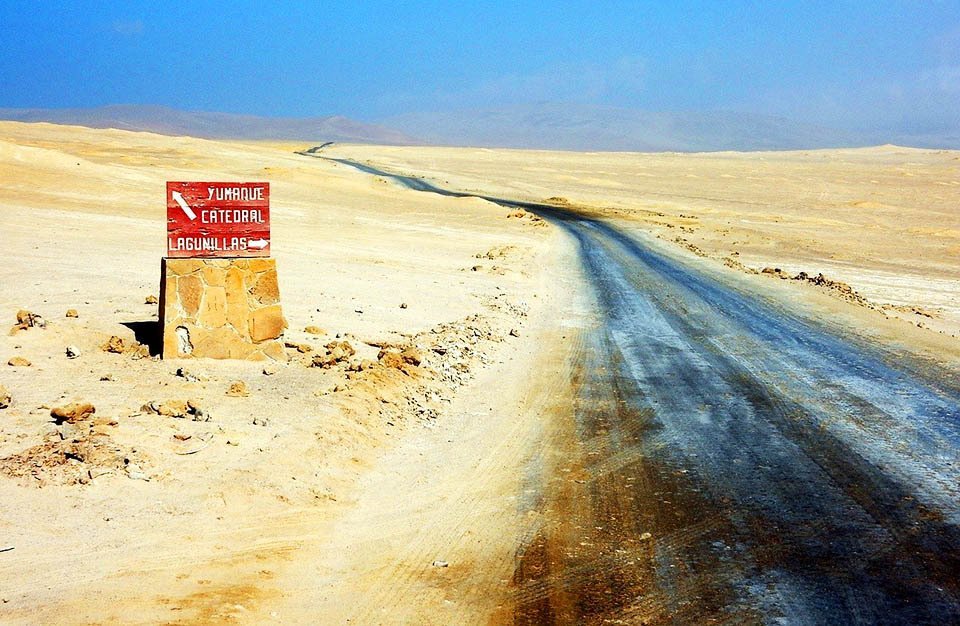
Cheap bus lines
The main alternative to renting a car are cheap bus lines, thanks to which you can get almost anywhere. These tickets are easiest to buy on the spot, at the local bus station, although it is obviously a good idea to check the timetables beforehand (finding them on the internet is a real problem and requires a lot of Google searching). Fortunately, bus ticket prices in Peru are very low and oscillate around 2.5 - 7.5$ for traveling 1/3 of the country, so if you do not plan to constantly move from place to place, renting a car does not pay financially.
Public transport in Lima
It is also worth noting briefly that the cost of public transport around Lima is quite low - you can buy a ticket for local public transport (which is quite well developed) for 0.5$, and the cost of a taxi ride is around 5$. Of course, pay attention to cheating taxi drivers! It is worth setting the price in advance, which I recommend not only in Peru, but in most countries, even well-developed ones.
How not to overpay on food?
As in every country, in Peru you can find numerous pubs and restaurants focused on tourists. While most of them represent a rather high level, the prices of meals in restaurants for travelers can be significantly overpriced. In larger cities, as in the rest of the world, you can eat in fast food chains, but what is the pleasure of visiting Peru without tasting the dishes of the local cuisine and eating the McDonald burgers?
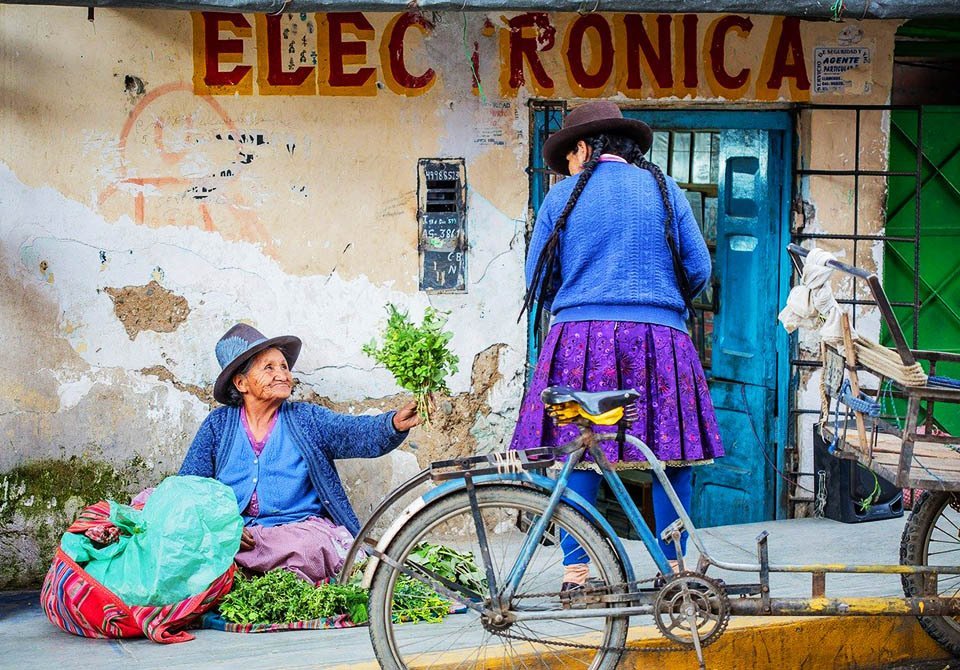
What people eat in Peru? Food.
By far the most popular dish in Peru is chicken, served almost everywhere and in any form. The more exotic dishes include cuy, or guinea pig roast. I did not dare to eat it, I feel sorry for pets, anyway, the dish has a common opinion not very tasty... Well, to the brave world belongs, so maybe some of you will be tempted. If so, you can always write me in the comment how it was.
Regardless of culinary tastes, most cheaper restaurants looks like a combination of a milk bar and a full-fledged restaurant. Such places offer sets of several dishes at attractive prices - a solid lunch at lunchtime costs 3-5$ (if we avoid tourist centers and expensive places). Portions are large, you will easily be full.
When choosing a pub, it is worth following the classic "locals" method, i.e. eating in places crowded with locals rather than tourists. When traveling to Machu Picchu and Cuzco, be sure to remember that restaurants in local hotels significantly increase prices of meals, and near our accommodation you will easily find cheaper places. Local restaurants often offer cheap and very tasty wine by the glass, both made in Peru and imported from neighboring Chile.
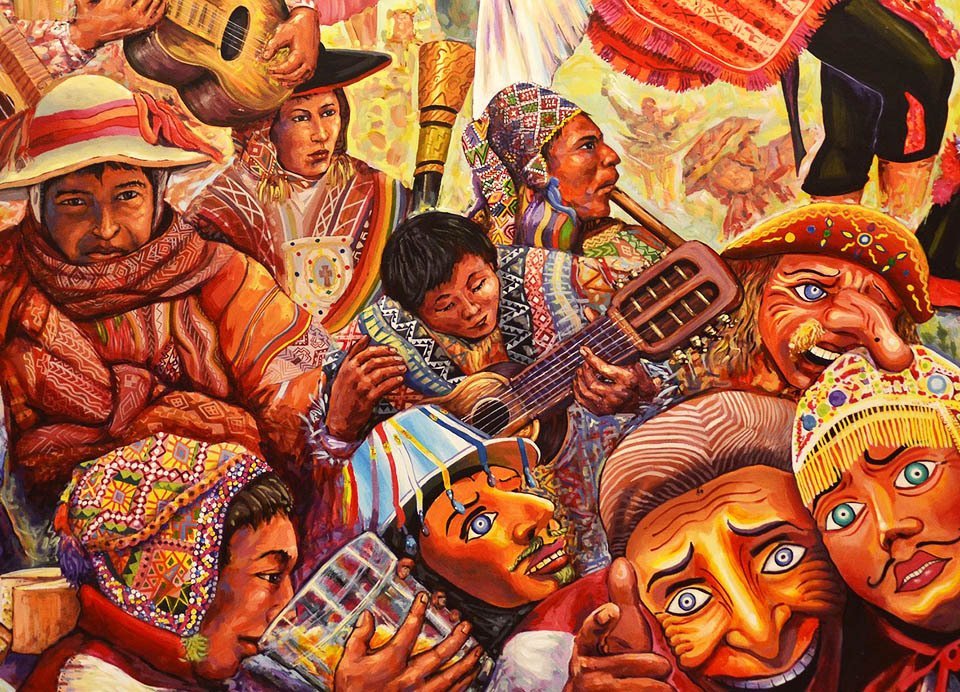
Travel guide tips
Although I have briefly discussed the costs of the most important expenses during a trip to Peru, at the end I have a few travel tips that will help you with a little luck avoid unnecessary trouble.
- Peru tourist information points are surprisingly helpful - if you are looking for accommodation or a good place for a meal, do not be afraid to ask for help!
- As in every country, in Peru it is worth keeping your eyes wide open and watch out for thieves and robbers. Remember that hotel safes (especially in cheap motels) do not guarantee the security of cash and documents.
- In Lima you will find numerous marketplaces. You will buy cheap clothes and various gifts there.
- If you are looking for accommodation and you came across a hotel worth paying attention, check the price list on its website. Human greed knows no bounds, and some owners, wanting to make money on foreign tourists, significantly increase the prices of accommodation for people without reservation.
- Book at least a week, and preferably more, to visit Peru's top attractions.
Summary
I hope that you enjoyed this Peru travel guide, together with tourist information on when and how to travel cheaply and what are the prices and costs of traveling in this beautiful country of South America. If you liked it or want to ask me something, be sure to write me a comment in the section below. Take care!
Read the next article in this series:
Visiting Machu Picchu: Cheap travel and trekking in Peru


